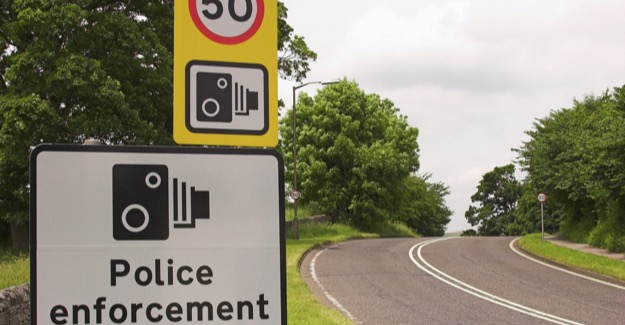Councils urged to set more 20mph limits in urban areas
The Department for Transport has issued new guidance on the setting of speed limits.
As part of this guidance it advocates the greater use of 20mph limits in urban areas and recognises the potential benefits of using average speed cameras to help enforce limits on rural roads.
Commenting on the guidance Profesor Stephen Glaister, director of the RAC Foundation, said:
“Anyone who thought speed cameras were going out of fashion will be in for a nasty shock.
“Most drivers actually see a need for speed cameras, but trust between motorists and government has eroded over time because of what some regard as their indiscriminate use as money making machines. The challenge is to ensure new devices are enforcing realistic and appropriate limits and on this the guidance is crystal clear, stating that limits need to be set with regard to local circumstances and the accident problem that is trying to be solved. If this happens then drivers will be more likely to observe the limits without the need for a rash of expensive equipment to police them.”
Particularly, the Department wants councils to:
“… consider the introduction of more 20 mph limits and zones, over time, in urban areas and built-up village streets that are primarily residential, to ensure greater safety for pedestrians and cyclists, using the criteria in Section 6.”
It also highlights the dangers of rural roads:
“In 2011, 66% of road deaths in Britain occurred on rural roads, and 51% of road deaths occurred on single rural carriageway roads subject to the National Speed Limit of 60 mph limit.”
While the document says that changing speed limits to tackle this problem is only one part of the solution, Table 2 explains where the Department envisages limits below the national standard, for example:
“50 mph should be considered for lower quality A and B roads that may have a relatively high number of bends, junctions or accesses. Can also be considered where mean speeds are below 50 mph, so lower limit does not interfere with traffic flow.”
It also has views on how these limits might be enforced on rural roads:
“While routine enforcement should normally only be considered after other speed management measures have been considered, there may be occasions where the use of average speed cameras may offer a solution through calming traffic speed over a stretch of road. The Department has received a small sample of evaluation data of average speed cameras at non-roadworks sites from some local partnerships, and this data suggests a reduction in the percentage of motorists exceeding the speed limit from 55% before installation of cameras, to 18% afterwards, and an average reduction of killed and seriously injured casualties (KSI) per km of around 69%, and of personal injury collisions (PIC) of around 38%, (not adjusted for national trends and regression to mean effect).”
ENDS


